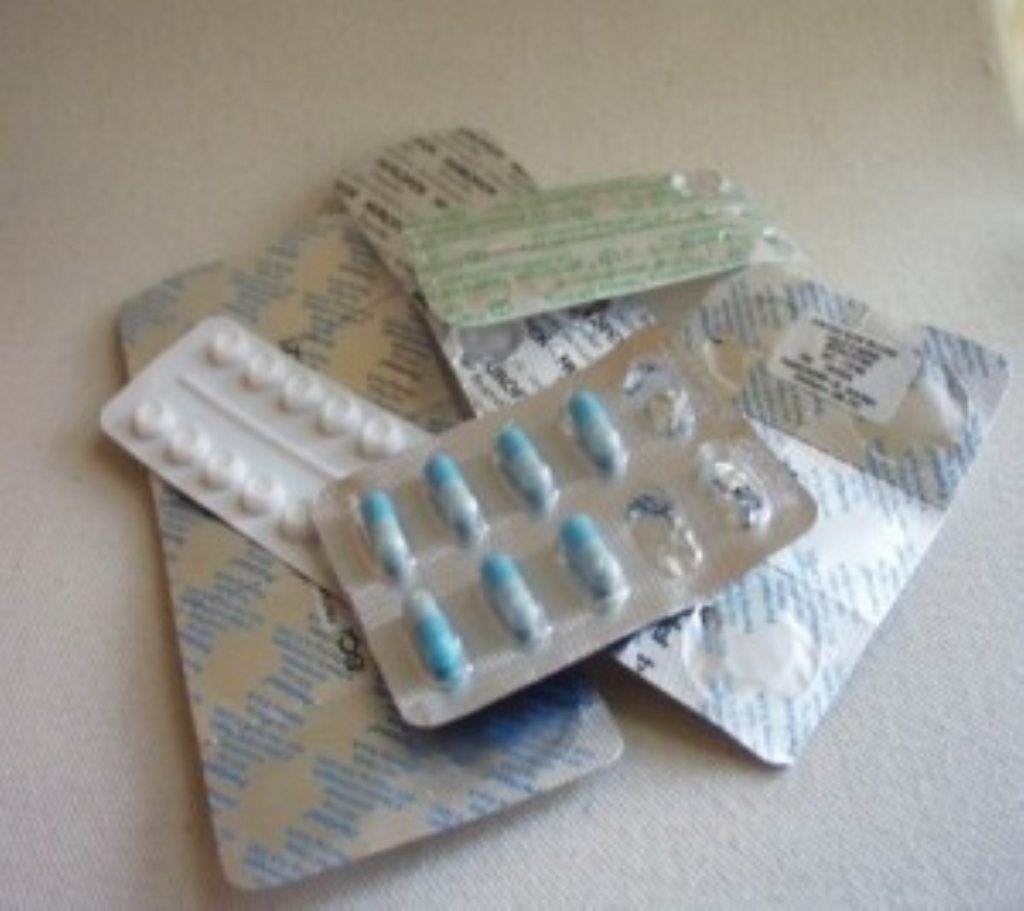Drug resistance of STI ‘spiralling’
The antibiotic resistance of the sexually transmitted infection (STI) gonorrhoea has spiralled, according to new research published today.
The report, published in the Lancet, shows that almost one in ten cases in England and Wales are resistant to the key antibiotic used to treat the infection.
The findings – which show that the rate of resistance has almost tripled since last year – have prompted the authors to call for UK gonorrhoea treatment guidelines to be revised.
Gonorrhoea is the second most common bacterial STI in the UK after chlamydia.


It is a painful and unpleasant infection that can have serious consequences for fertility in women if left untreated.
Unlike viral infections such as HIV it can be treated with antibiotics.
However, concern is increasing amongst the medical community about the first line treatment for the infection – the antibiotic, ciprofloxacin.
These new findings, which show that ciprofloxacin resistance increased significantly from three per cent to almost ten per cent between 2001 and 2002 after a slight increase from two per cent to three per cent in the previous year, have alarmed researchers.
Kevin Fenton from the Health Protection Agency was one of the researchers behind these recent findings.
He said: ‘To prevent the spread of gonorrhoea, the chosen treatment should clear up at least 95 per cent of infections, and ciprofloxacin no longer meets this criterion.’
‘This is why we are recommending a review of national and local treatment guidelines and the use of antibiotics such as cephalosporins or spectinomycin, so that infections are treated quickly and effectively, and not spread to other sexual partners.’
The Government’s sexual health strategy, published in 2001, aimed for a 25 per cent fall in gonorrhoea cases by 2007.












